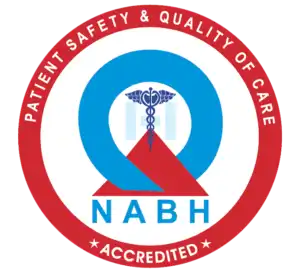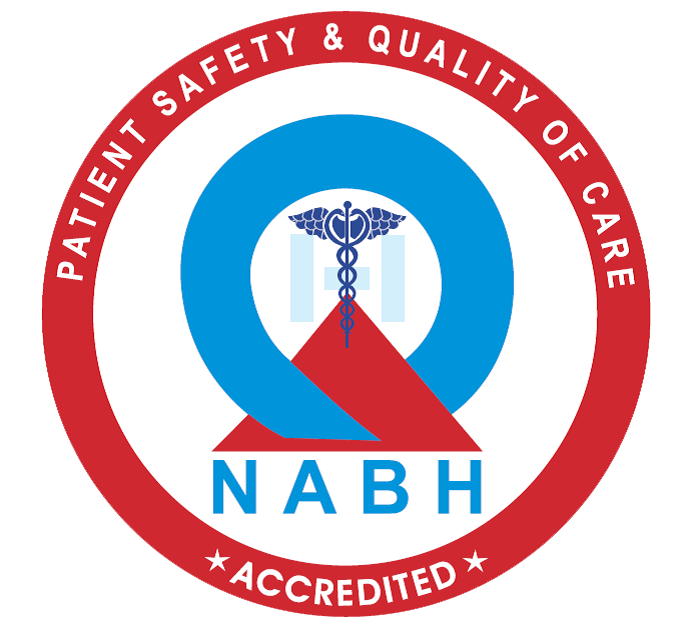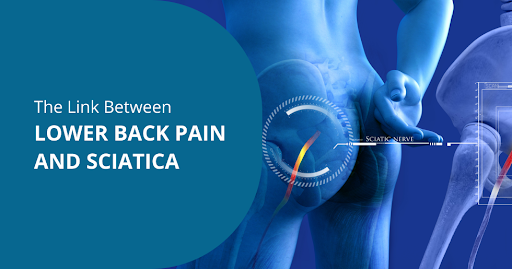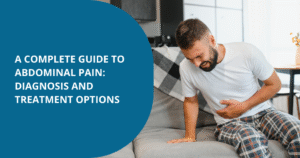Lower back pain (LBP) and sciatica are common yet distinct conditions with overlapping symptoms. Lower back pain affects the lumbar region, while sciatica stems from irritation or compression of the sciatic nerve and radiates pain down the leg.
Understanding the differences is essential for accurate diagnosis and effective sciatica treatment and low back pain management. While both conditions cause discomfort, their underlying causes and treatment approaches differ.
This blog aims to educate you about its symptoms, causes, and treatment options. For a comprehensive guide on LBP, check out our detailed article, “Lower Back Pain: Causes, Symptoms & Treatment Options.”
What is Lower Back Pain?
- Lower back pain (LBP) is discomfort in the lumbar region, often caused by muscle strain, poor posture, herniated discs, or degenerative conditions.
- Common symptoms include stiffness, limited mobility, and dull or sharp pain that may worsen with movement or prolonged sitting.
- Treatment ranges from rest, physical therapy, ergonomic adjustments, medications, and, in severe cases, surgery.
What is Sciatica?

Definition and Causes of Sciatica
- Sciatica is pain radiating along the sciatic nerve, which runs from the lower back through the hips and down each leg.
- Common causes include herniated discs, spinal stenosis, or nerve injury.
Sciatica Symptoms
- Symptoms often include sharp, shooting pain radiating down one leg, numbness, tingling, and muscle weakness, typically on one side of the body.
- It appears suddenly and can last for days or weeks.
Conservative Treatments for Sciatica
- If natural remedies fail or symptoms are severe, conservative treatments are opted for.
- How do you treat sciatica? The physician guides conservative treatments and includes prescription medications, physical therapy, spinal injections, alternative therapies like spine adjustments, yoga, acupuncture, massage therapy, etc.
Natural Remedies for Sciatica Relief
- How to treat sciatica naturally? Natural remedies are self-care at-home treatments, including rest, ice or heat therapy, gentle stretching, and over-the-counter pain relievers to reduce inflammation and discomfort.
Medical Treatments for Sciatica
- If conservative methods fail, doctors may recommend injecting steroids into the spine area to reduce inflammation, prescription medications, or, in severe cases, surgery to relieve nerve compression.
How to Prevent Sciatica
- Maintain a strong core through regular exercise, practice good posture, and avoid prolonged sitting or improper lifting techniques to reduce your risk.
- Also, quit (or don’t start) using tobacco products, maintain a healthy weight, and protect yourself from falls to help prevent sciatica or reduce the risk of it happening.
Also Read: Lower Back Pain: Causes, Symptoms & Treatment Options
How to Treat Lower Back Pain

Rest and Pain Relief:
- Use heat/cold therapy and OTC pain relievers to ease discomfort.
Physical Therapy and Exercises:
- Strengthen muscles with core strengthening and guided exercises by physiotherapists to prevent future pain.
Ergonomic Adjustments:
- Improve posture and workspace setup for better spinal support.
When to Seek Medical Help:
- Consult a doctor for persistent or worsening pain despite home treatments and painkillers.
- If you experience trouble urinating, fever, unintended weight loss, swelling, skin color changes on the back, etc.
How to Distinguish Between Lower Back Pain and Sciatica
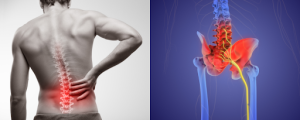
Key Differences :
| Aspect | Sciatica | Lower Back Pain |
| Pain Location | Radiates along the sciatic nerve, often down one leg. | Localized to the lower back without radiating. |
| Common Causes | Herniated discs, spinal stenosis, or nerve compression. | Muscle strain, poor posture, or general overuse and heavy lifting. |
| Symptoms | Numbness, tingling, and muscle weakness. | Rarely includes numbness or weakness. |
| Pain Nature | Sharp, shooting pain along the nerve pathway. | Localized pain- Aching, dull, or sometimes sharp pain in the lower back. |
| Treatment Approach | May require nerve-specific therapies, and exercise movements that decrease sciatica by reducing pressure on the nerve or in severe cases surgeries like Diskectomy or Laminectomy. | Often managed with rest, posture correction, and exercise. |
| Diagnostic Tools and Techniques | Imaging tests like MRI or CT scans show vertebral alignment, disks, and nerves. X-rays detect bone issues but don’t reveal nerve problems. | Physical exam, X-rays, MRI, CT scans, and blood tests to rule out infections or related conditions. |
Also Read: When Is Surgery Necessary for Lower Back Pain
When to See a Doctor:
- Seek medical attention if symptoms don’t improve after six to eight weeks of conservative treatment, worsen, or affect mobility and daily life.
Conclusion
Lower back pain and sciatica can significantly impact daily life, but understanding their causes, symptoms, and treatment options is essential. Differentiating between the two conditions allows for targeted care through conservative methods, advanced lower back pain treatment, or preventive measures with expert guidance from Epione.
Delaying lower back pain treatment in Bangalore for over six months can reduce the chances of a good outcome. Don’t let it hold you back! Consult Epione’s specialists to uncover the cause and get on the path to effective relief—because your back deserves the best care.
Also Read:
- Top 5 Ways to Relieve Back Pain
- Is Your Job Contributing to Lower Back Pain? How to Identify Occupational Risks.
- Non-Surgical Treatments for Lower Back Pain: What Works Best?
